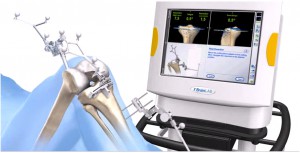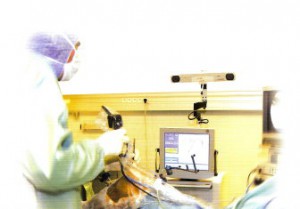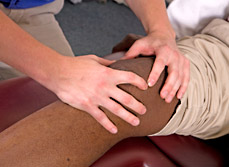A 67-year-old patient with severe osteoarthritis from Oman has undergone a knee-replacement surgery using computer navigation technique at SafeMedTrip A
This provides a patient-specific anatomical map of the bone on the screen. It is different from the robotic surgery as here the surgeon remains in control of the procedure. “In conventional technique, a lot of eyeballing is required to fix the cutting instruments on the patient’s bone. This leads to mal-alignment of the implant in approximately 17 to 28% of cases (quoted in various studies published in medical literature). This will lead to persistent pain or instability in the knee even after surgery and the implant will fail much quicker as compared to well aligned and balanced knee,” said senior consultant, department of orthopaedics.

“In conventional technique, we put instruments and cutting zigs in a fixed angle for all the patients, but the individual anatomic variations are not considered,” added Jangid. With computer navigation the hip, knee and ankle center are calculated accurately for that individual patient. It then guides surgeon to determine the spatial location of instruments for that particular patient and to provide positional feedback regarding their use. This leads to zero degree error in alignment of the artificial prosthesis in all three planes, claim doctors.
The other advantage of computer navigation is that the artificial knee is perfectly balanced with this technique and it helps in early recovery. The patients are more confident and pain-free because the knee is stable and axial loading is perfect. The patients even climb stairs in a week’s time after the surgery.
Besides this, the canal of the thigh 
To know more about Knee Replacement Surgery in India please visit this link : https://safemedtrip.com/medical-services/orthopedic-surgeries-treatment-in-india/knee-replacement-surgery-in-india-knee-surgery-hospital-india.html

 Click to WhatsApp
Click to WhatsApp +91-9899993637
+91-9899993637



